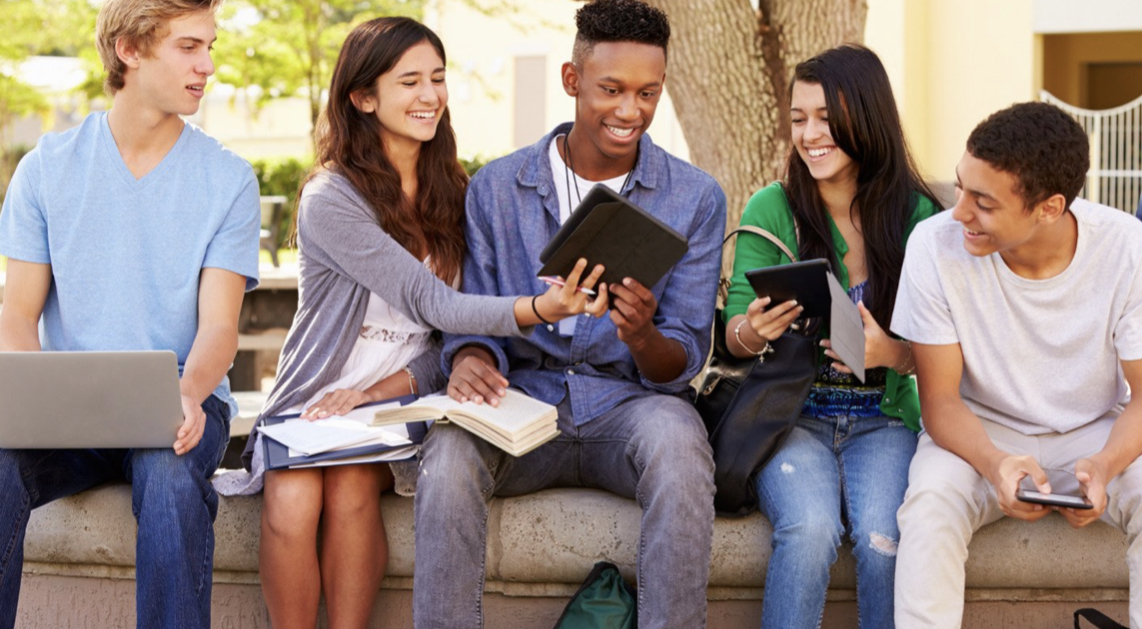5 min read
Share this post

Tan Huynh (@TanKHuynh) is a career teacher, consultant and author specializing in language acquisition and literacy development. In this guest post, Tan takes a critical look at how the term “learning loss” affects English Learners, and whether taking a different perspective could help accelerate progress. This article is part of our blog series on Learning Loss and English Learners.

The perceptions teachers have of students can become their reality (Corwin, 2021). This is particularly true for multilingual learners (MLs), as limiting beliefs can produce watered-down learning experiences. The same belief applies to the myth of “learning loss” when referring to MLs and their families. When we say learning loss, we are implicitly stating that learning can only happen at school and away from students’ families. The logic then implies that students’ homes are not learning centers of equal value to schools.
This deficit lens colors the way we see MLs and their families. This viewpoint spawns myths such as their families are not as education-oriented as other cultures, that there is a lack of parental support, and that students’ languages and cultures have more barriers than assets for MLs. Nothing can be further from the truth.
We have to realize that family involvement is shaped by one’s culture. The way one culture contributes to their children’s learning might not be obvious or valued to other cultures (Snyder & Staehr Fenner, 2021). Thinking about what MLs had to experience during the pandemic, they were able to learn these skills:

While at home, their families were also able to add to students’ development by:
Maybe the loss we feel is the lost in-person opportunities to connect with our students. That loss is real! However, let’s drop the myth that students have lost opportunities to learn because they are in homes that look, sound, smell different than ours. In truth, maybe their families have been augmenting and accelerating children’s learning in ways beyond our awareness. Maybe they have been our partners during the pandemic, unbeknownst to us. Maybe we can lose the word loss and substitute in learning partners. With this view, we might be less frantic in trying to “accelerate” their learning to mitigate the “loss”. Instead, we might connect with families to build on the steady foundation they have laid out for their children with love.
Tan Huynh is a career teacher, consultant, and author specializing in language acquisition and literacy development. Tan has taught students from 5th to 10th grade in public, private, charter, and international schools. He has served as a language specialist and is currently a secondary social studies teacher. Tan shares teaching strategies on his blog and podcast with the hopes of celebrating teachers who answer the call to serve multilingual learners.
Corwin. (2021). Accelerating Learning After COVID-19 with Doug Fisher and Nancy Frey | Corwin Podcast. In Youtube. Youtube. https://www.youtube.com/watch?v=2JUxF643oIw
Snyder, S., & Staehr Fenner, D. (2021). Culturally responsive teaching for multilingual learners: tools for equity. Corwin.
Share this post



Leave a Reply